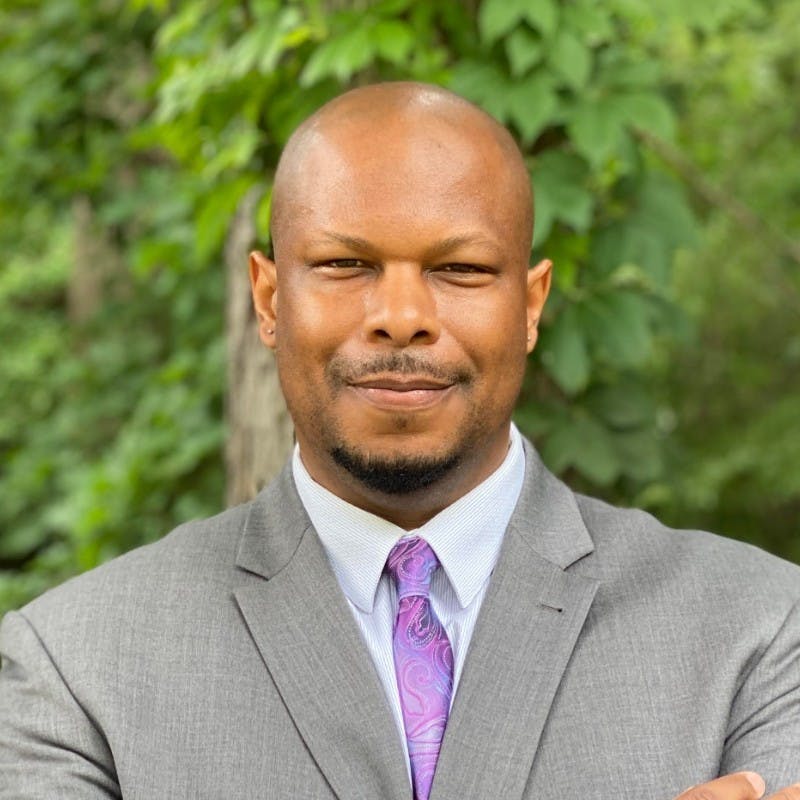Global City – Memorial Drive Community Revitalization Plan
 | The City of Clarkston, Georgia, is home to diverse communities from around the globe. Designated as a refugee resettlement community and referred to as the most diverse square mile in America, individuals and families move to the Clarkston area to utilize immigrant and refugee services, relatively affordable housing, and economic opportunities in the region. These refugee and immigrant communities have unique needs, which the Global City – Memorial Drive Community Revitalization Plan seeks to address. |
The Global City Community Revitalization Plan utilizes the existing conditions analysis, previous planning work, and feedback from stakeholders to identify challenges and opportunities in the study and develop a series of recommendations. These recommendations include land use changes calling for mixed-use development along the Memorial Drive Corridor, entrepreneurial commercial development, greenspaces, improvements to the transportation network that increase walkability and connectivity throughout the study area and beyond, and potential partnerships that will help champion the plan to make these recommendations a reality.
 | The study area is situated in north-central DeKalb County, directly east of Interstate-285 and north of Memorial Drive. The area is located just south of the City of Clarkston and Georgia State University – Perimeter College’s Clarkston Campus and the Georgia Piedmont Technical College are situated in the eastern portion of the study area. |
Community Vision: The Global City – Memorial Drive Community will be a diverse and welcoming community that provides access to resources, jobs, educational opportunities, and affordable, quality housing to residents of all backgrounds.
Community Priorities:
- Provide resources to address the diverse needs of the area’s refugee and immigrant communities.
- Provide and preserve safe and affordable housing opportunities for residents at all income levels.
- Invest in pedestrian, bicycle, and transit infrastructure to improve local connectivity and mobility.
- Increase access to jobs and educational opportunities, community resources, and amenities.
- Improve public safety through equitable, community-based approaches in partnership with local law enforcement.
- Maintain local buildings and infrastructure to support neighborhood health and safety.
- Develop strong partnerships between local government, businesses, community organizations, and institutions.













